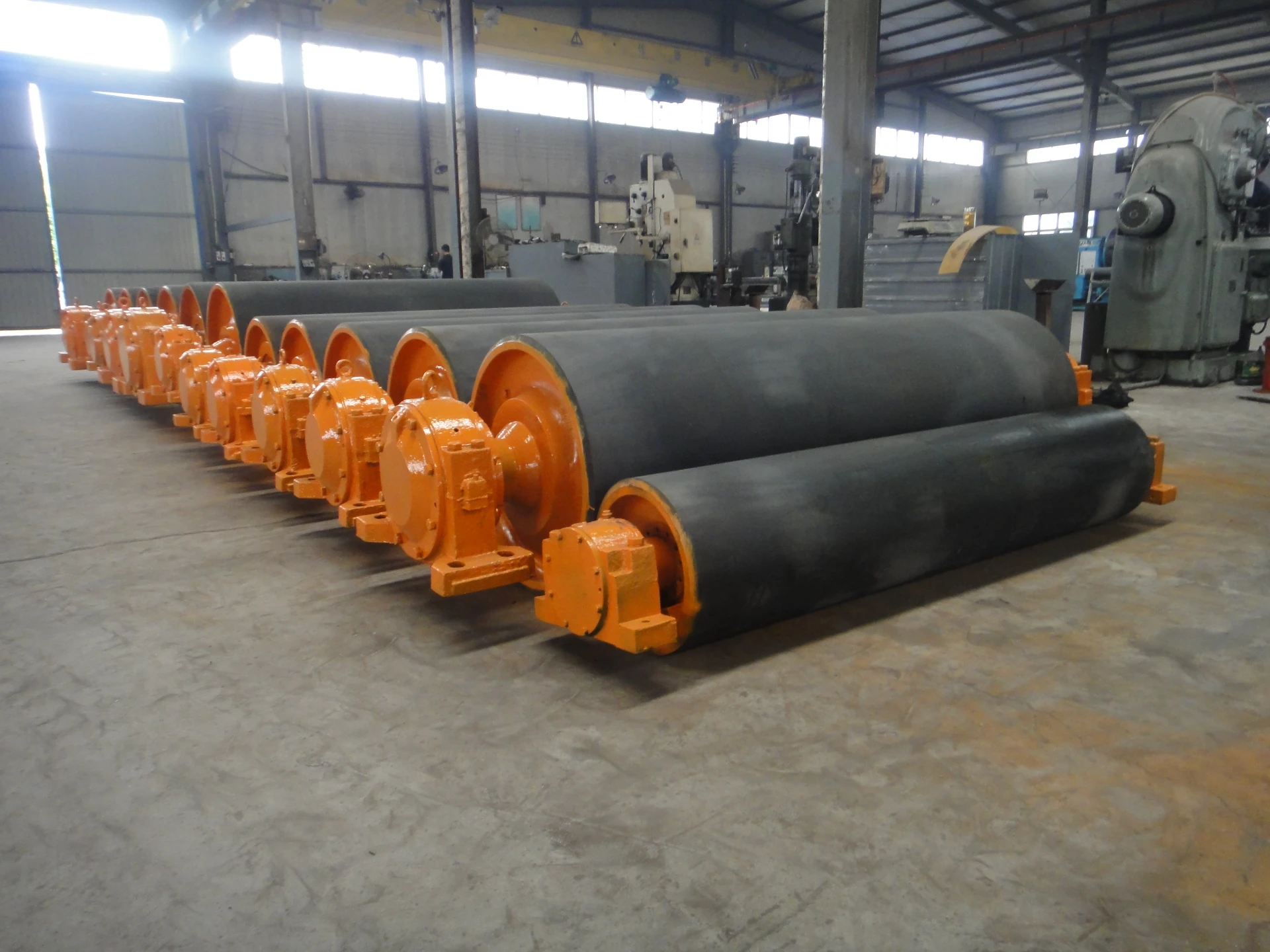 Afrikaans
Afrikaans  Albanian
Albanian  Amharic
Amharic  Arabic
Arabic  Armenian
Armenian  Azerbaijani
Azerbaijani  Basque
Basque  Belarusian
Belarusian  Bengali
Bengali  Bosnian
Bosnian  Bulgarian
Bulgarian  Catalan
Catalan  Cebuano
Cebuano  Corsican
Corsican  Croatian
Croatian  Czech
Czech  Danish
Danish  Dutch
Dutch  English
English  Esperanto
Esperanto  Estonian
Estonian  Finnish
Finnish  French
French  Frisian
Frisian  Galician
Galician  Georgian
Georgian  German
German  Greek
Greek  Gujarati
Gujarati  Haitian Creole
Haitian Creole  hausa
hausa  hawaiian
hawaiian  Hebrew
Hebrew  Hindi
Hindi  Miao
Miao  Hungarian
Hungarian  Icelandic
Icelandic  igbo
igbo  Indonesian
Indonesian  irish
irish  Italian
Italian  Japanese
Japanese  Javanese
Javanese  Kannada
Kannada  kazakh
kazakh  Khmer
Khmer  Rwandese
Rwandese  Korean
Korean  Kurdish
Kurdish  Kyrgyz
Kyrgyz  Lao
Lao  Latin
Latin  Latvian
Latvian  Lithuanian
Lithuanian  Luxembourgish
Luxembourgish  Macedonian
Macedonian  Malgashi
Malgashi  Malay
Malay  Malayalam
Malayalam  Maltese
Maltese  Maori
Maori  Marathi
Marathi  Mongolian
Mongolian  Myanmar
Myanmar  Nepali
Nepali  Norwegian
Norwegian  Norwegian
Norwegian  Occitan
Occitan  Pashto
Pashto  Persian
Persian  Polish
Polish  Portuguese
Portuguese  Punjabi
Punjabi  Romanian
Romanian  Russian
Russian  Samoan
Samoan  Scottish Gaelic
Scottish Gaelic  Serbian
Serbian  Sesotho
Sesotho  Shona
Shona  Sindhi
Sindhi  Sinhala
Sinhala  Slovak
Slovak  Slovenian
Slovenian  Somali
Somali  Spanish
Spanish  Sundanese
Sundanese  Swahili
Swahili  Swedish
Swedish  Tagalog
Tagalog  Tajik
Tajik  Tamil
Tamil  Tatar
Tatar  Telugu
Telugu  Thai
Thai  Turkish
Turkish  Turkmen
Turkmen  Ukrainian
Ukrainian  Urdu
Urdu  Uighur
Uighur  Uzbek
Uzbek  Vietnamese
Vietnamese  Welsh
Welsh  Bantu
Bantu  Yiddish
Yiddish  Yoruba
Yoruba  Zulu
Zulu drive pulley in belt conveyor
Understanding the Drive Pulley in Belt Conveyors
Belt conveyors are an integral component of modern material handling systems, widely used in industries such as mining, manufacturing, and logistics. At the heart of these systems lies the drive pulley, a critical element that ensures the smooth operation of the belt. This article delves into the importance of the drive pulley, its function, types, and the maintenance practices necessary to ensure optimal performance.
Function of the Drive Pulley
The primary function of the drive pulley in a belt conveyor is to provide the necessary drive to the belt. It converts the rotational energy from the motor into motion that propels the belt forward, enabling the transportation of materials from one point to another. The drive pulley is typically positioned at the head end of the conveyor system, where the belt is looped around it.
The drive pulley works in tandem with the tension pulley, which helps maintain the belt's tension. Proper tension is crucial for the effective operation of the conveyor system, as it prevents slippage of the belt over the pulleys and ensures smooth transfer of materials. The drive pulley, therefore, plays a vital role in the overall efficiency and effectiveness of belt conveyors.
Types of Drive Pulleys
Drive pulleys can be categorized into several types, each designed for specific applications and operational conditions. The most common types include
1. Smooth Drive Pulleys These are standard pulleys that feature a smooth surface. They are commonly used in applications where the belt has a friction grip and sufficient tension to prevent slippage.
2. Grooved Drive Pulleys Designed with grooves on the surface, these pulleys enhance the grip on the belt, reducing the likelihood of slippage. Grooved pulleys are often found in applications involving heavier loads and higher speeds.
3. Lagged Drive Pulleys These pulleys have a layer of rubber or other materials applied to their surface, which increases friction and prevents the belt from slipping. Lagged pulleys are particularly beneficial in settings where the conveyor operates under extreme conditions, such as in mining or aggregate handling.
drive pulley in belt conveyor

Material Considerations
The selection of materials for the drive pulley is also crucial. Pulleys are typically made from robust materials like steel or aluminum, ensuring they can withstand the rigors of continuous operation and fluctuating environmental conditions. In some cases, the surface of the pulley is coated or treated to resist wear and corrosion, further extending its life and reliability.
Maintenance Practices
Regular maintenance of the drive pulley is essential for ensuring the longevity and efficiency of the conveyor system. Here are some key maintenance practices
1. Inspection Routine inspections should be conducted to check for signs of wear and tear, misalignment, or damage. Any irregularities should be addressed immediately to prevent further issues.
2. Lubrication Keeping the bearings and other moving parts properly lubricated minimizes friction and wear, promoting smoother operation and reducing the risk of breakdowns.
3. Alignment Checks Misalignment can lead to increased wear on the belt and pulleys. Regular checks and adjustments should be made to ensure that the drive pulley is correctly aligned with the conveyor’s path.
4. Tension Adjustments As belts stretch and wear, it’s vital to regularly check and adjust the tension to maintain proper functioning. A properly tensioned belt will lead to improved efficiency and a longer service life.
Conclusion
The drive pulley is an essential component of belt conveyors, playing a crucial role in ensuring efficient material handling. Understanding its function, types, and maintenance techniques is key to optimizing conveyor performance and minimizing downtime. By investing in proper maintenance and choosing the right type of drive pulley for specific applications, industries can enhance their productivity and operational efficiency. As technology evolves, advancements in pulley design and materials will continue to improve the reliability and effectiveness of belt conveyor systems, solidifying their position as vital tools in modern logistics and manufacturing.
-
Revolutionizing Conveyor Reliability with Advanced Rubber Lagging PulleysNewsJul.22,2025
-
Powering Precision and Durability with Expert Manufacturers of Conveyor ComponentsNewsJul.22,2025
-
Optimizing Conveyor Systems with Advanced Conveyor AccessoriesNewsJul.22,2025
-
Maximize Conveyor Efficiency with Quality Conveyor Idler PulleysNewsJul.22,2025
-
Future-Proof Your Conveyor System with High-Performance Polyurethane RollerNewsJul.22,2025
-
Driving Efficiency Forward with Quality Idlers and RollersNewsJul.22,2025





























